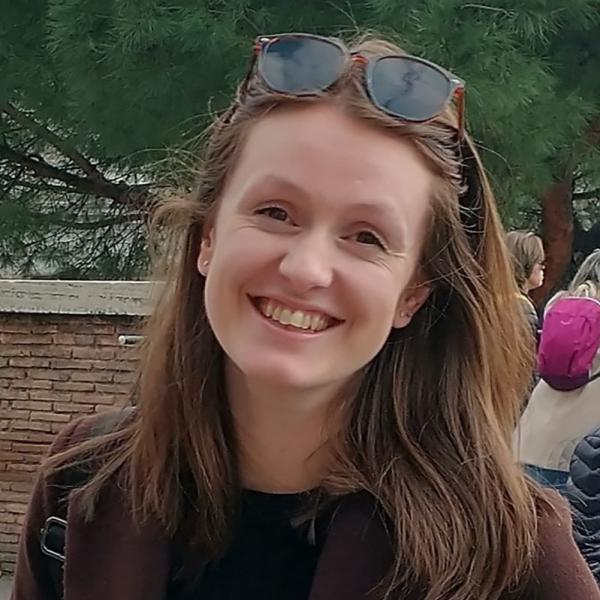Dr Jessica Forsyth
Population Health, School of Medicine and Population Health
Research Associate in Statistics


+44 114 222 0670
Full contact details
Population Health, School of Medicine and Population Health
Regent Court (ScHARR)
30 Regent Street
Sheffield
S1 4DA
- Profile
-
I joined HEDS in September 2023 as a Research Associate in Statistics.
Prior to this I was an EPSRC funded Research Associate in Applied Mathematics at the University of Manchester. I researched the mathematical modelling of tendon mechanics and the use of Bayesian data selection when fitting mathematical models.
I completed my PhD in Quantitative and Biophysical biology at the University of Manchester in August 2022. My PhD was funded by the Wellcome Trust and I researched the role of cell microenvironment and architecture within mammalian preimplantation. During my PhD, I developed a Bayesian approach to facilitate point registration between imaging modalities in the presence of non-matching points which cannot be identified a priori. During my PhD I used Bayesian and statistical methods, developed user-friendly analysis pipelines as well as gaining hands-on experience in the lab.
- Qualifications
-
PhD (University of Manchester), MPhys (University of Sheffield)
- Research interests
-
- Using mathematical modelling and statistical analyses to address and research biological/health related problems
- Applied Bayesian statistics
- Development of specialised prior distributions
- Cross-disciplinary research and the development of innovative solutions to complex real-data problems
- Making statistical analyses and mathematical approaches accessible to all
- Publications
-
Journal articles
- Correction to: ‘Bayesian inference on a microstructural, hyperelastic model of tendon deformation’ (2022) by Forsyth
et
al
.. Journal of The Royal Society Interface, 20(207).


- Unlabelled landmark matching via Bayesian data selection, and application to cell matching across imaging modalities. Statistics and Computing, 33(5).


- IVEN: A quantitative tool to describe 3D cell position and neighbourhood reveals architectural changes in FGF4-treated preimplantation embryos. PLOS Biology, 19(7), e3001345-e3001345.


- Correction to: ‘Bayesian inference on a microstructural, hyperelastic model of tendon deformation’ (2022) by Forsyth
et
al
.. Journal of The Royal Society Interface, 20(207).
